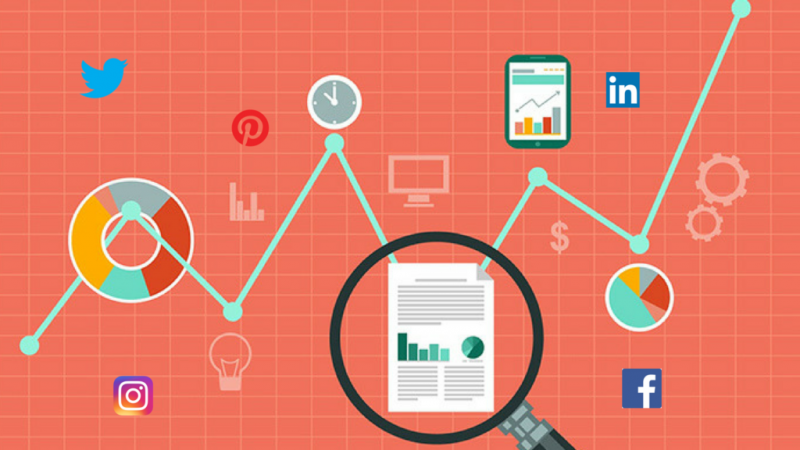July 16, 2018
The Top 3 Social Metrics That Drive Conversion

It’s becoming apparent that the biggest issue digital marketers face is proving their success. Despite the number of concrete metrics to measure every action of a consumer’s virtual behavior, some decision makers will always demand the bottom line. And that means the marketers need to find a way to deliver.

Great marketing infers good data. Since tracking return on investment (ROI) can be a wild goose chase, many savvy digital marketers have taken to studying conversions. So, what does that imply and how can this keep the stakeholders happy?
What Does Conversion Mean?
Conversion means a lot of things to a lot of different companies. The gist of it is that a conversion really marks the point at which the recipient of a marketing message performs the desired action. For example, if your call-to-action (CTA) on a LinkedIn campaign includes clicking a link, the conversion would occur when the user performed that action.

Simple metrics, like page views, can demonstrate the number of people clicking your links. In order to study your conversions, your best bet is to employ a robust tool like Google Analytics.
The Metrics That Matter
This topic can be argued until the cows come home but the bottom line is that for a brand just beginning, they need to start somewhere. It’s never an exact science when it comes to social. After all, people can be unpredictable. There are certain numbers, however, that most decidedly lead to a higher number of conversions. This then typically translates into robust ROI.

Followers
This may seem like a shallow number to some, but the math is simple. The more people you have following you, the more they see your stuff. Don’t underestimate the power of any follower. The one rule of thumb that can virtually destroy all your marketing attempts is buying followers. Not only are these most likely bots, but they serve as vanity numbers. Gaining followers is about organic growth by providing thought leadership and value.
Mentions
It’s critical that you know who is talking about your brand and how much. Certain tools can help make this easy for you. Google Alerts and Awario are two great places to start and offer free options for those on a budget.
Social listening platforms will tell you the who, what, and when of your brand awareness. You never have to play a guessing game about your audience location. And when someone is mentioning your brand, chances are they are ready to convert (if they haven’t already). Therefore, this is an essential social metric to keep your thumb on.

Engagement
Finally, once people are talking about you, it’s important to measure who is active in your community. This metric is a tad trickier and takes a combination of actions to analyze. The best way to measure if your audience is engaged is to look at a few different things that would demonstrate their interest. Page views and bounce rate will tell you how long they were on your site and how deep they dove in. The average time a user spends on a page, as well as how many referrals you are receiving from each social channel can also be indicative of the level of engagement your content is producing.
The social metrics that drive conversion are incumbent upon a company’s needs, but there are certain standards that a new brand can follow. The number of people hearing your message, who is mentioning your brand, and how eager they are to engage are all ways to measure success. When these metrics are in the green, it indicates your business is right on track.







